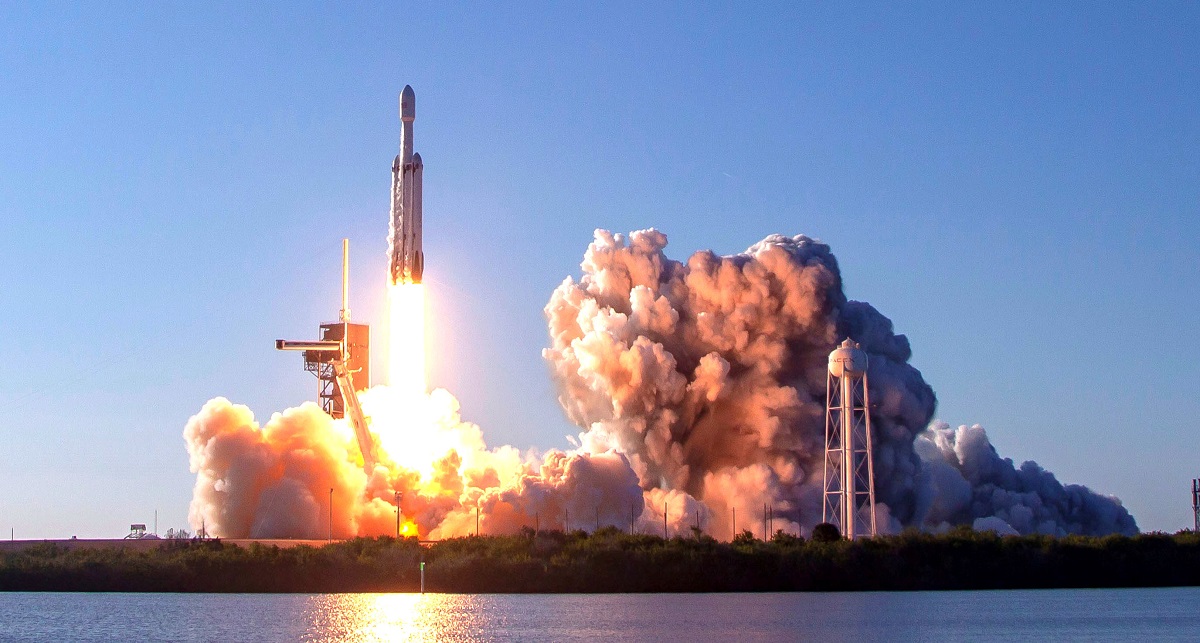The emergence of Europe’s newest rocket signifies a pivotal moment for the continent’s space ambitions. As Europe seeks to solidify its role in the global space industry, this rocket represents both an opportunity and a challenge. This article explores the implications of this development, assessing its impact on Europe’s space program and its competitive standing on the international stage.
Overview of Europe’s New Rocket

Europe’s latest rocket, known as the Ariane 6, is designed to replace the Ariane 5, which has been a cornerstone of European space missions for over two decades. The Ariane 6 aims to offer a more cost-effective and versatile option for launching satellites and cargo into space. It features a modular design, allowing for different configurations to cater to a range of mission profiles, from small satellite launches to larger payloads.
Key Specifications:
- Height: 62 meters
- Liftoff Mass: 800 tons
- Payload Capacity: Up to 10.5 tons to Geostationary Transfer Orbit (GTO)
- Stages: Two solid rocket boosters, a core stage, and a single upper stage
- Engine Type: Vulcain 2.1 for the core stage and Vinci for the upper stage
Strategic Importance of Ariane 6
The Ariane 6 rocket is not merely a technological advancement but a strategic asset for Europe. As global space exploration becomes increasingly competitive, Europe’s ability to independently launch satellites and support missions is crucial for maintaining its influence. The Ariane 6 is intended to enhance Europe’s capabilities in both commercial and scientific domains, providing a reliable alternative to American and Russian launch services.
Competitive Landscape in the Space Industry
The space industry is highly competitive, with major players including the United States, Russia, China, and emerging space nations. Europe’s entry with the Ariane 6 seeks to capitalize on a market that is seeing rapid advancements and increasing demand for space services.
Analysis Table: Comparative Overview
| Feature | Ariane 6 | Falcon 9 (SpaceX) | Long March 5 (China) | Soyuz (Russia) |
|---|---|---|---|---|
| First Launch | 2023 | 2010 | 2016 | 1967 |
| Payload to GTO | Up to 10.5 tons | Up to 8.3 tons | Up to 14 tons | Up to 7.8 tons |
| Cost per Launch | ~$70 million | ~$62 million | ~$90 million | ~$50 million |
| Engine Type | Vulcain 2.1 & Vinci | Merlin 1D & Kestrel | YF-77 & YF-75D | RD-107 & RD-108 |
| Reusability | No | Yes | No | No |
| Main Advantages | Modular design, European-made | Reusability, low cost | Heavy payload capacity | Proven reliability |
Challenges Facing the Ariane 6
While the Ariane 6 presents significant advancements, it also faces several challenges:
- Cost Competitiveness: With the increasing dominance of SpaceX’s Falcon 9, which offers lower costs due to its reusability, Ariane 6’s cost-effectiveness will be under scrutiny.
- Technological Hurdles: Achieving reliable performance and meeting launch schedules will be critical. Delays or technical issues could impact Europe’s competitive edge.
- Market Demand: The demand for launches is evolving, with a growing emphasis on small satellite constellations and space tourism. Ariane 6 must adapt to these changing needs to remain relevant.
Strategic Responses and Future Prospects
To address these challenges, Europe is focusing on several strategic responses:
- Cost Optimization: Efforts are underway to optimize costs and improve the rocket’s economic efficiency. This includes enhancing manufacturing processes and exploring potential partnerships.
- Innovation: Continuous innovation is being pursued to ensure the rocket remains competitive. This involves integrating advanced technologies and improving performance metrics.
- Market Adaptation: The European Space Agency (ESA) is working to adapt to the evolving market by supporting a range of mission profiles and exploring new opportunities in space exploration.
Future Prospects: The future of Europe’s space ambitions hinges on the success of the Ariane 6. If it can overcome its challenges and capitalize on its strengths, Europe could solidify its position as a key player in the global space industry.
Conclusion
Europe’s newest rocket, the Ariane 6, embodies the continent’s drive to enhance its space capabilities and remain competitive in a rapidly evolving industry. While it brings advanced features and strategic advantages, it also faces significant challenges that will test its effectiveness and impact on Europe’s space ambitions. The coming years will be crucial in determining whether the Ariane 6 can meet its objectives and support Europe’s aspirations in space exploration.
In conclusion, the Ariane 6 represents a critical juncture for European space endeavors. Its success will not only reflect Europe’s technological prowess but also its ability to navigate the competitive landscape of global space exploration. As the space industry continues to evolve, the Ariane 6’s performance and strategic positioning will be key factors in shaping Europe’s future in space.











